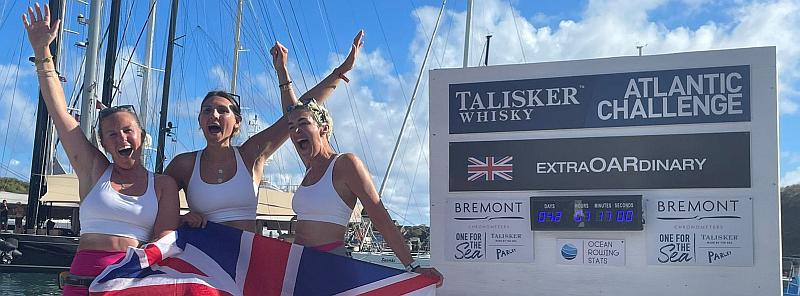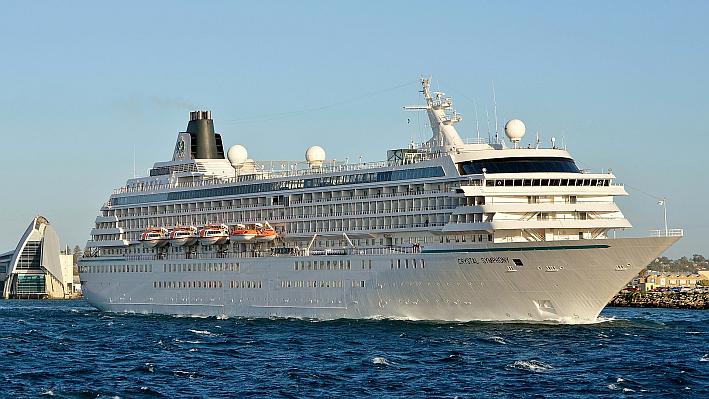 German media reports that the 83-meter yacht, Graceful, believed to be owned by Vladimir Putin, has made a hasty departure from Hamburg, Germany, bound for Russia, before finishing repairs and renovations at the Blohm and Voss shipyard. Some speculate that the move is meant to avoid confiscation or sanctions in the event Russia invades Ukraine and triggers reprisals. Graceful was spotted on a public maritime-traffic-tracking site sailing for Kaliningrad.
German media reports that the 83-meter yacht, Graceful, believed to be owned by Vladimir Putin, has made a hasty departure from Hamburg, Germany, bound for Russia, before finishing repairs and renovations at the Blohm and Voss shipyard. Some speculate that the move is meant to avoid confiscation or sanctions in the event Russia invades Ukraine and triggers reprisals. Graceful was spotted on a public maritime-traffic-tracking site sailing for Kaliningrad.
Graceful is the largest and most expensive of four yachts believed to be owned by Putin. The other yachts are the 57-meter Olympia, the 54-meter Chayka, and the 35-meter Petrel. Collectively, the yachts are estimated to be valued at approximately $200 million.

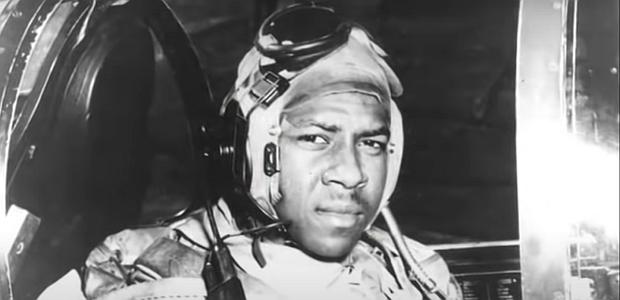 In honor of Black History Month, an updated repost about the first African-American pilot in the US Navy,
In honor of Black History Month, an updated repost about the first African-American pilot in the US Navy, 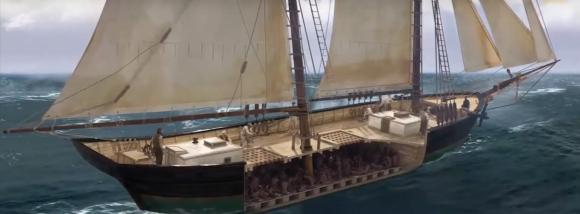 For several years,
For several years, 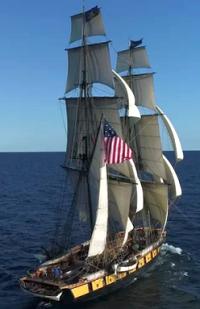 Officials from the
Officials from the 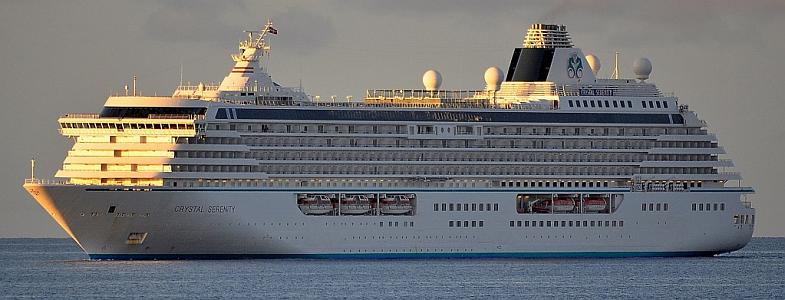 In late January, we
In late January, we  The government of
The government of 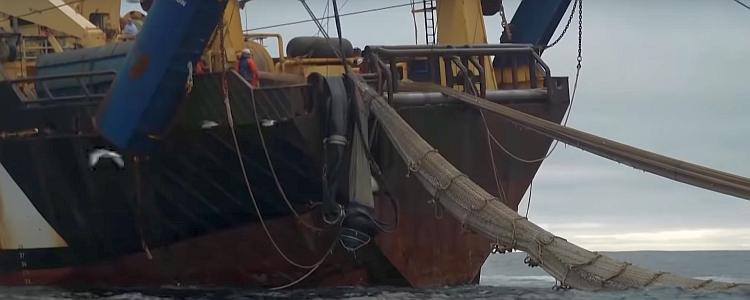 The Dutch-owned
The Dutch-owned 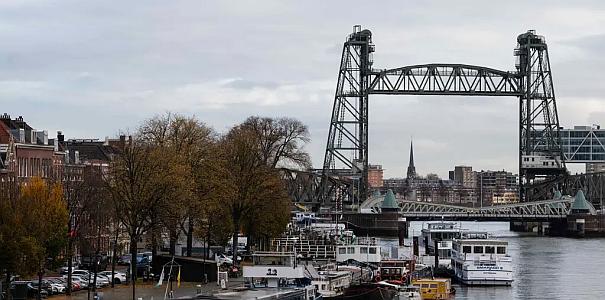 Last Wednesday, it was widely reported that Rotterdam would dismantle the center span of a historic railroad bridge to allow the 417-foot-long, three-masted sailing yacht built for billionaire Jeff Bezos to access the sea. The fully rigged superyacht apparently has too great an air-draft to safely fit beneath the Koningshaven Bridge, which has a clearance of 131 feet over the Nieuwe Maas River.
Last Wednesday, it was widely reported that Rotterdam would dismantle the center span of a historic railroad bridge to allow the 417-foot-long, three-masted sailing yacht built for billionaire Jeff Bezos to access the sea. The fully rigged superyacht apparently has too great an air-draft to safely fit beneath the Koningshaven Bridge, which has a clearance of 131 feet over the Nieuwe Maas River. 
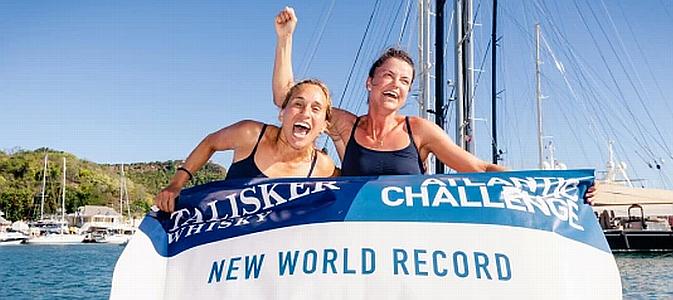
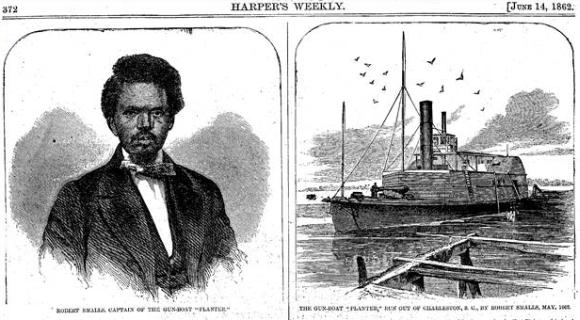 Here is a story well worth retelling; an updated repost in honor of Black History Month; the remarkable story of Robert Smalls.
Here is a story well worth retelling; an updated repost in honor of Black History Month; the remarkable story of Robert Smalls.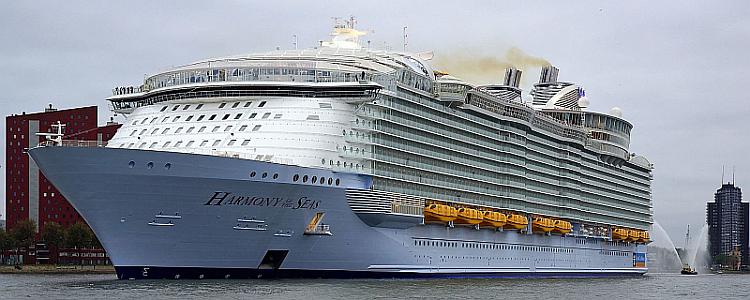 On Sunday, 30 seconds before the
On Sunday, 30 seconds before the 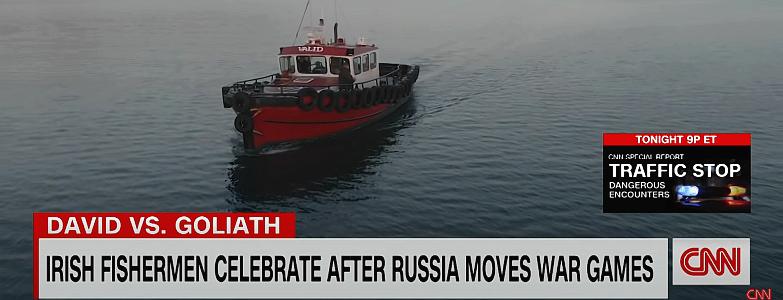 Russia planned on holding naval exercises off the coast of Ireland. Fishermen from County Cork on Ireland’s southern coast saw the exercises as a threat to their livelihood and threatened to continue fishing as usual, despite the threatened use of naval artillery and rockets in the area. They stated, “
Russia planned on holding naval exercises off the coast of Ireland. Fishermen from County Cork on Ireland’s southern coast saw the exercises as a threat to their livelihood and threatened to continue fishing as usual, despite the threatened use of naval artillery and rockets in the area. They stated, “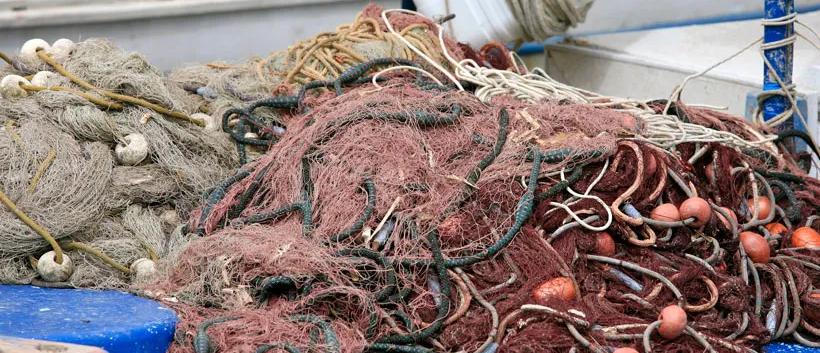
 Iceberg A68a, once the world’s largest iceberg, is now gone, broken up into chunks too small to track. While the iceberg is recent history, scientists are still studying its impact.
Iceberg A68a, once the world’s largest iceberg, is now gone, broken up into chunks too small to track. While the iceberg is recent history, scientists are still studying its impact.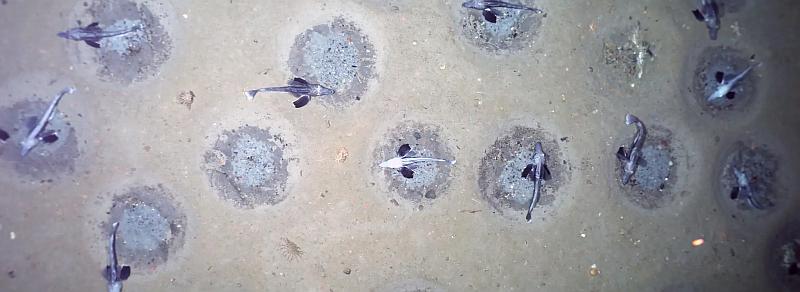 In February 2021, researchers on the German research vessel
In February 2021, researchers on the German research vessel 
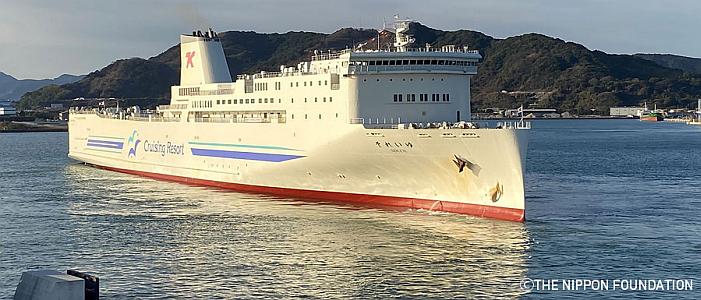 The
The 